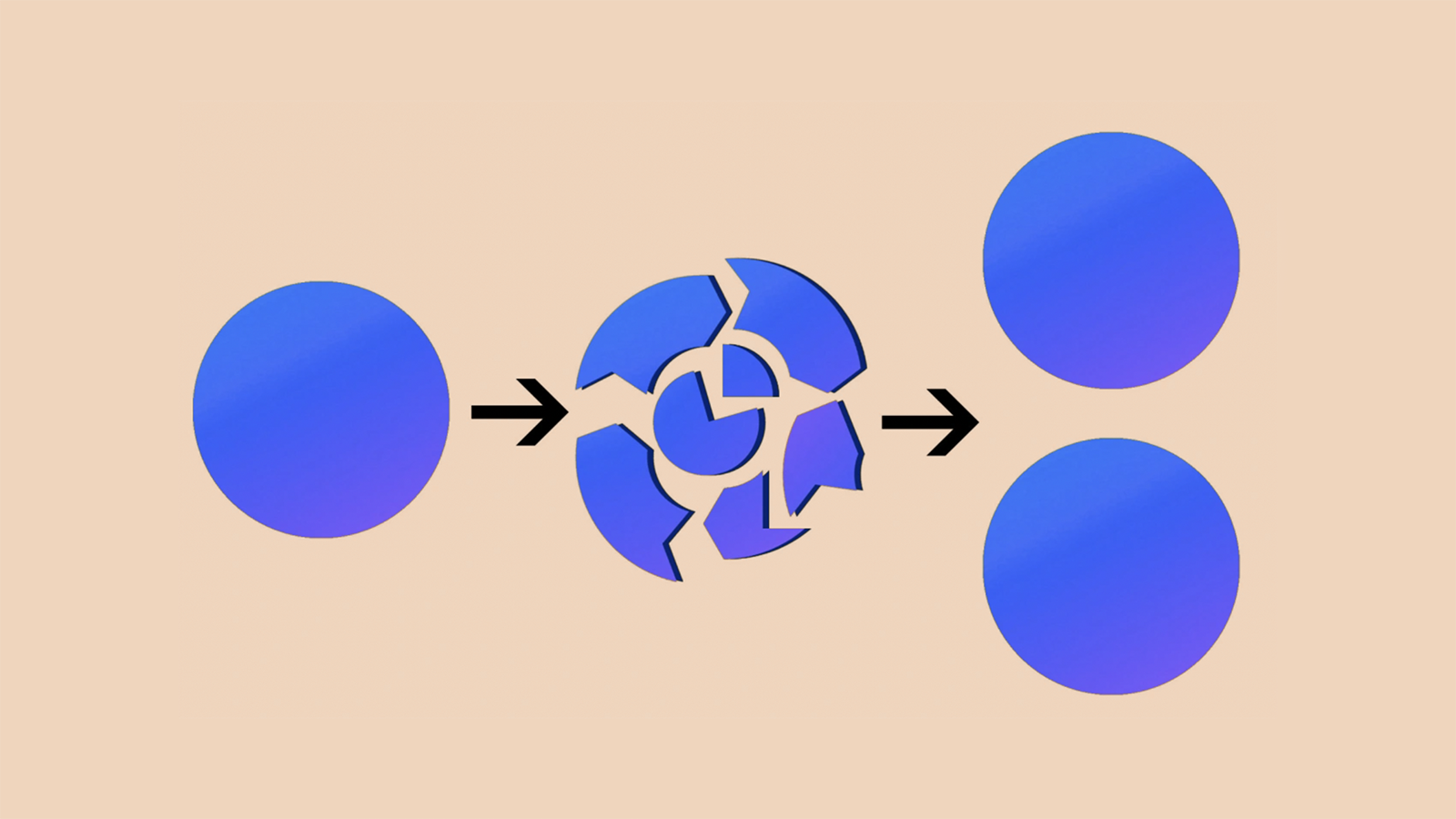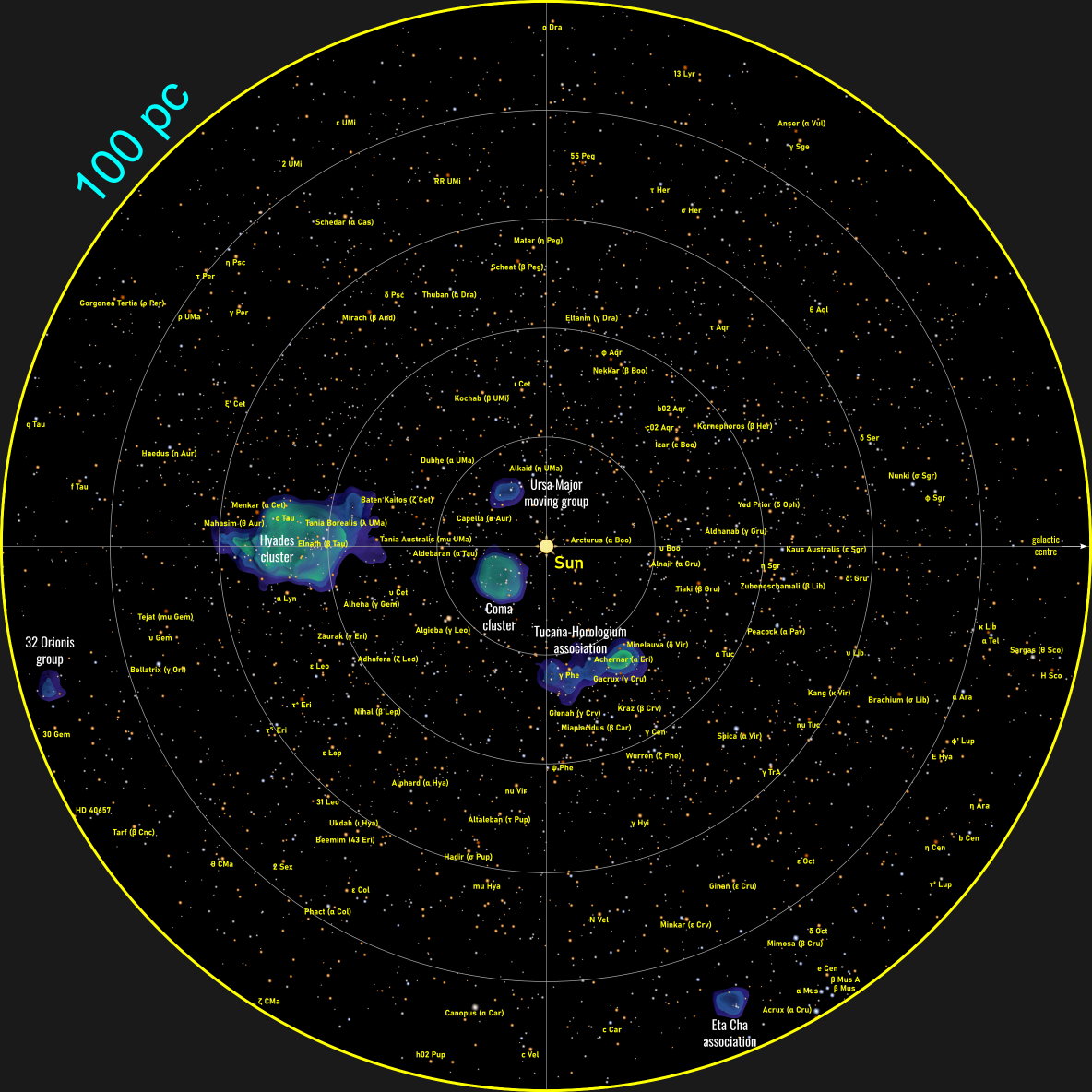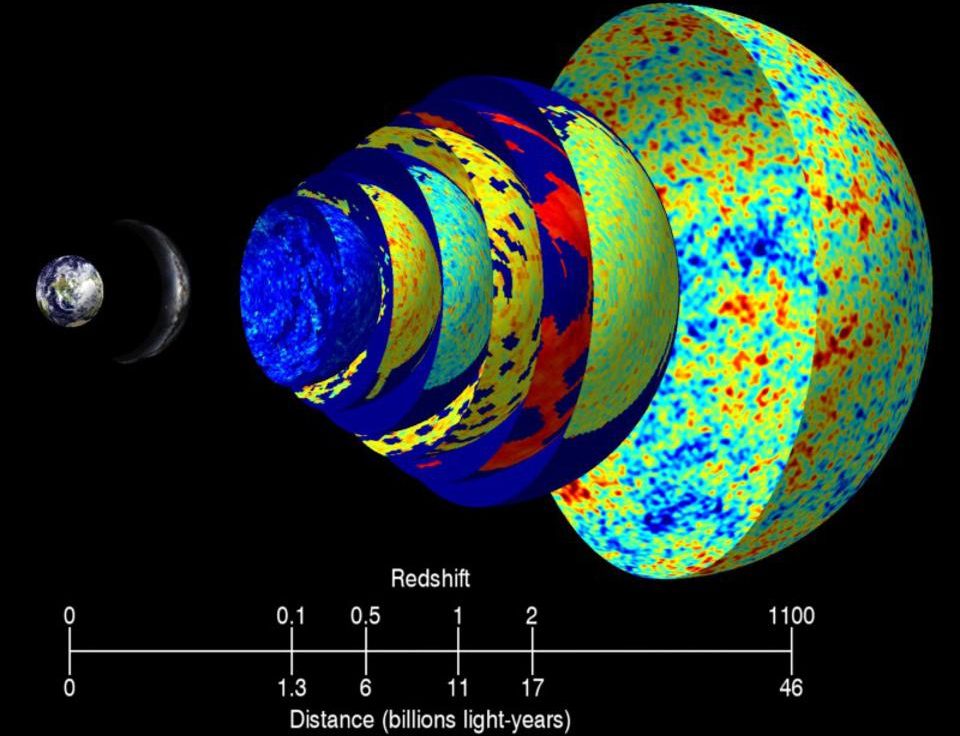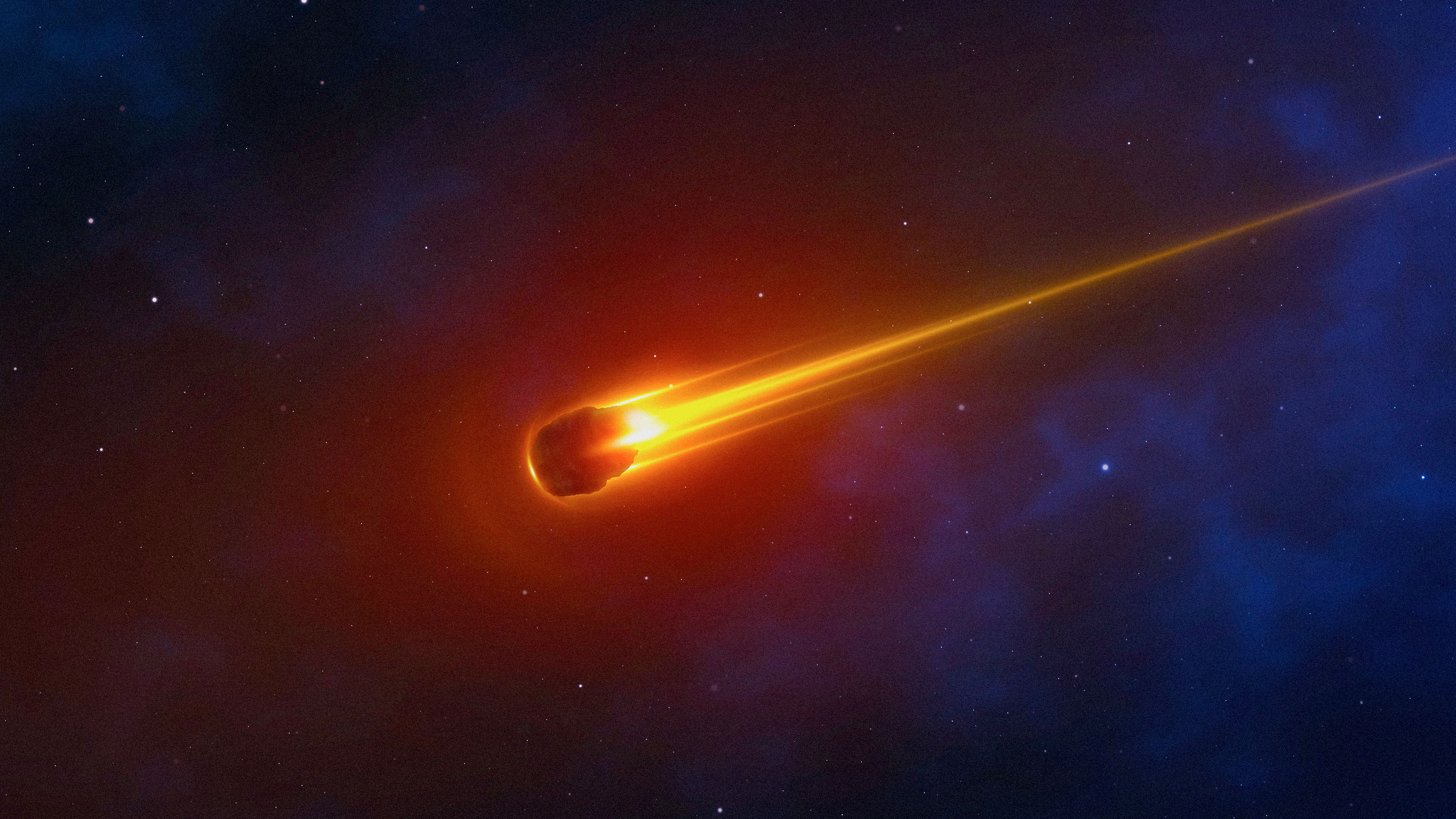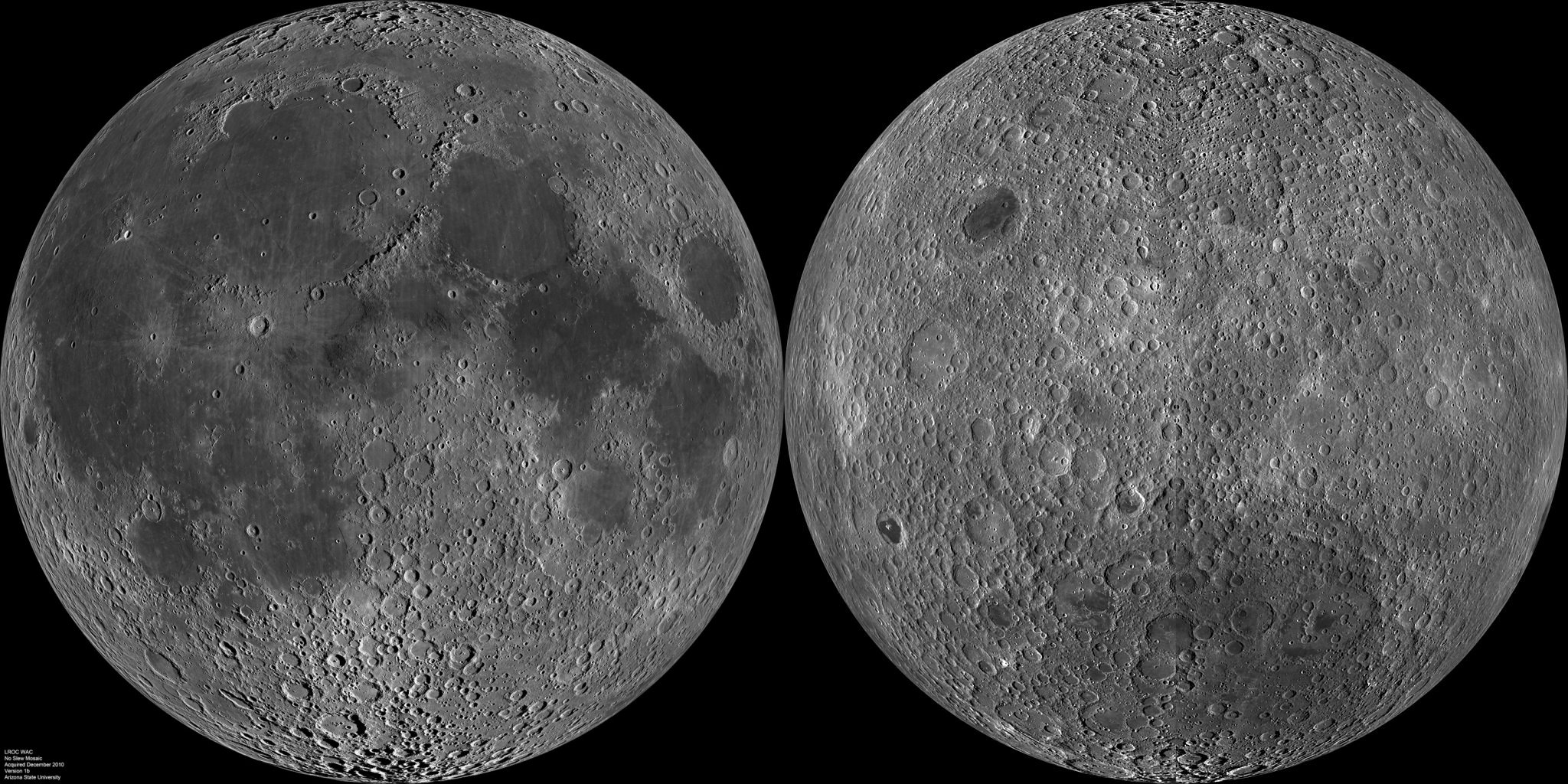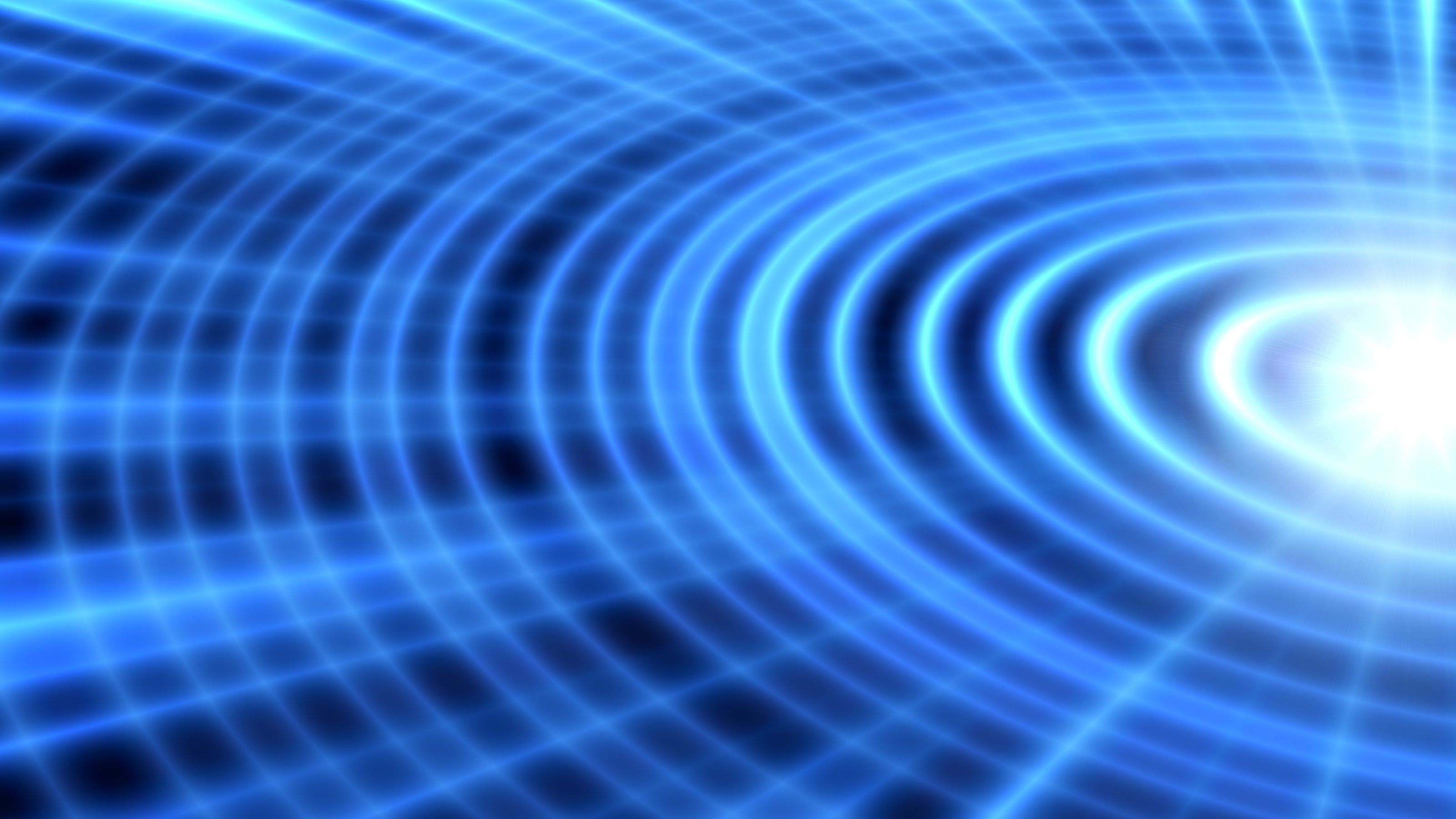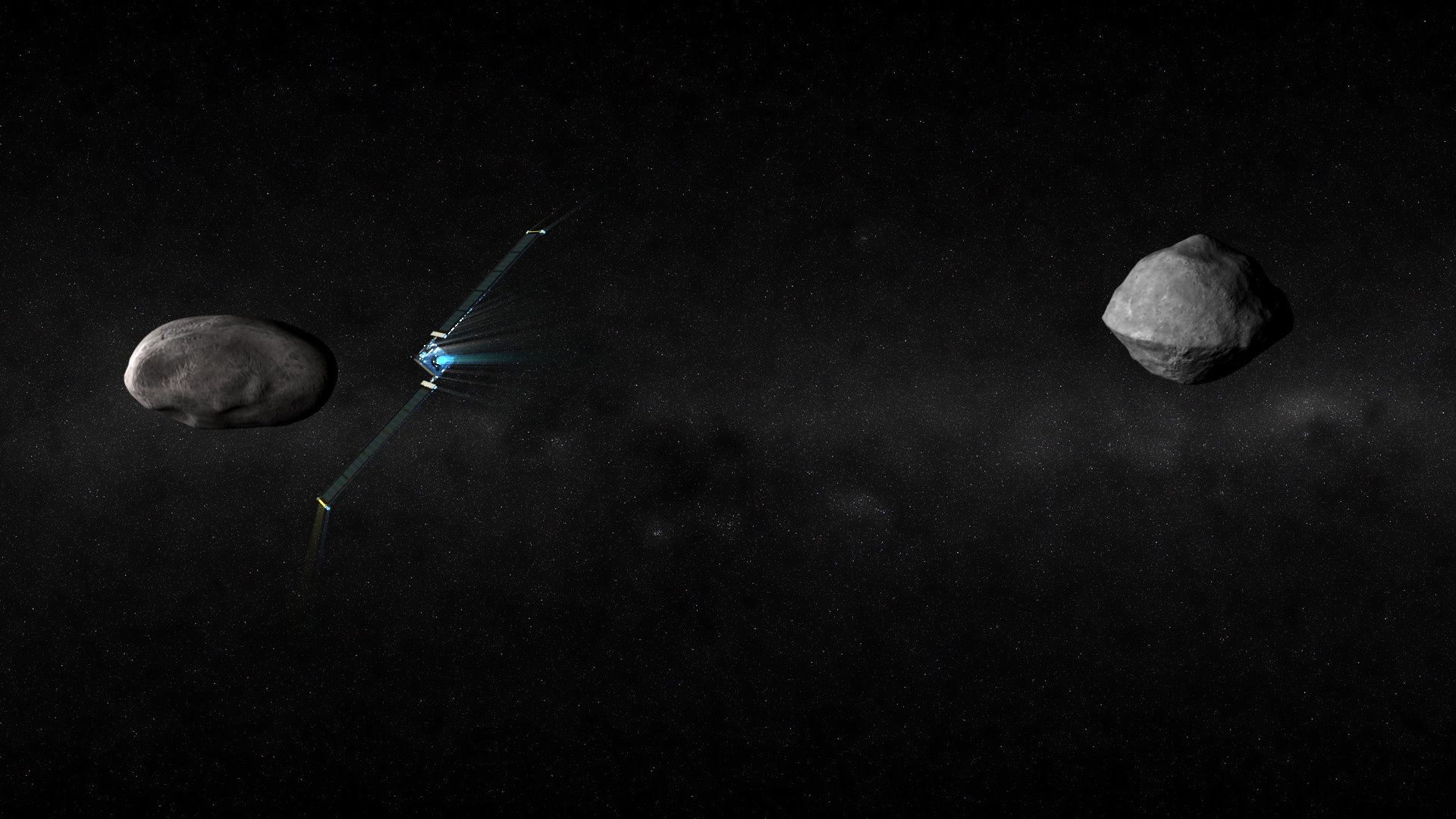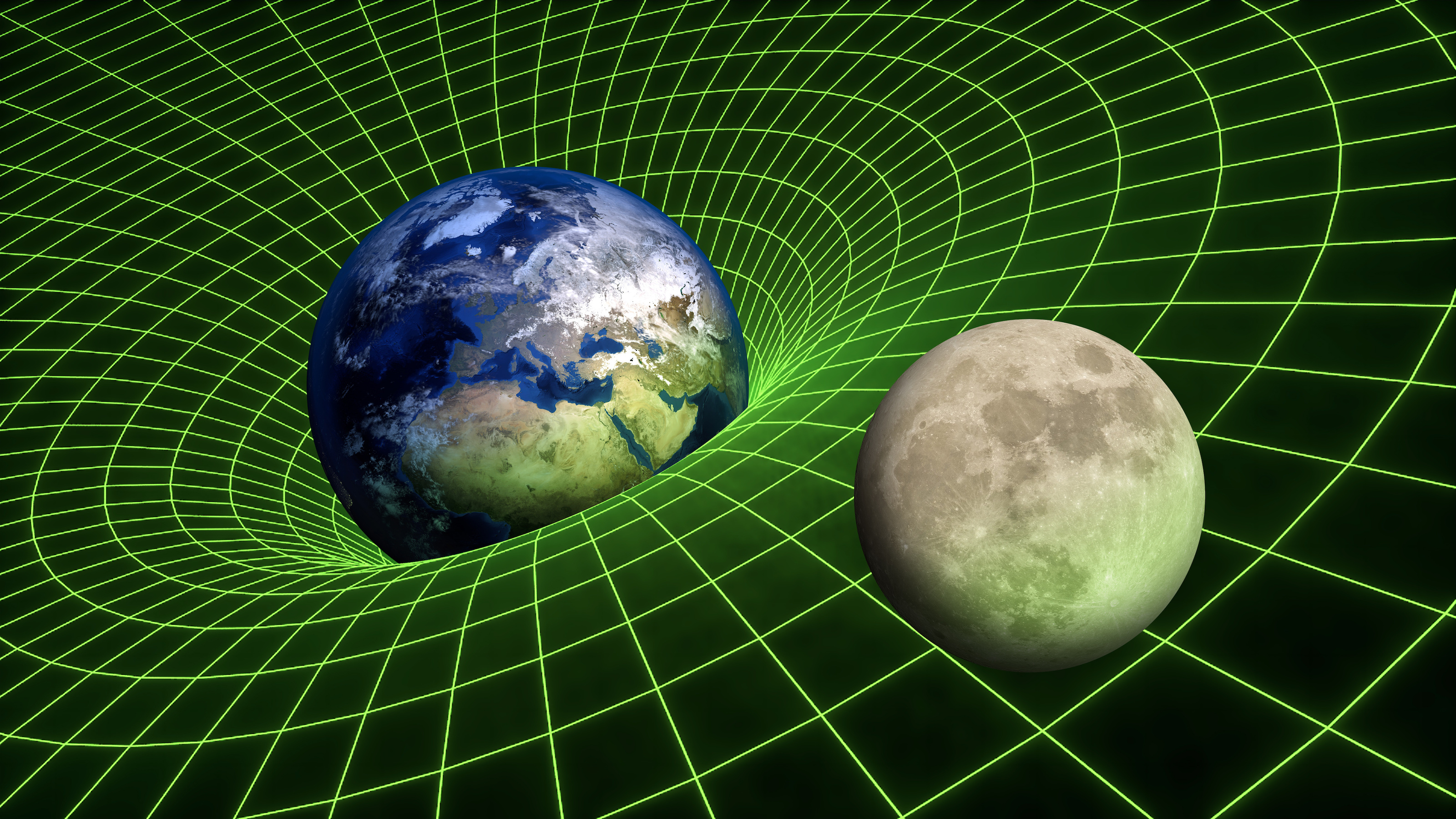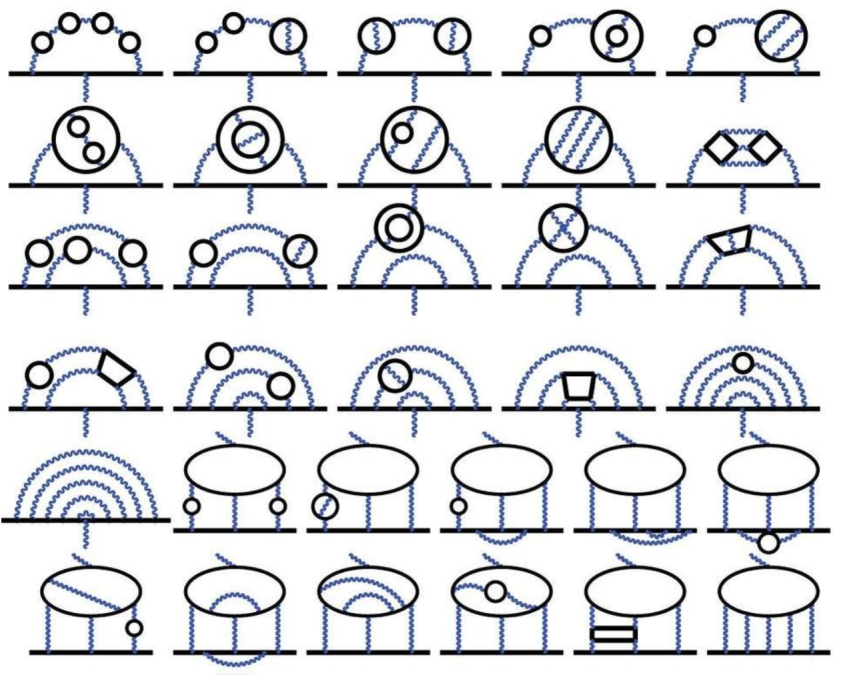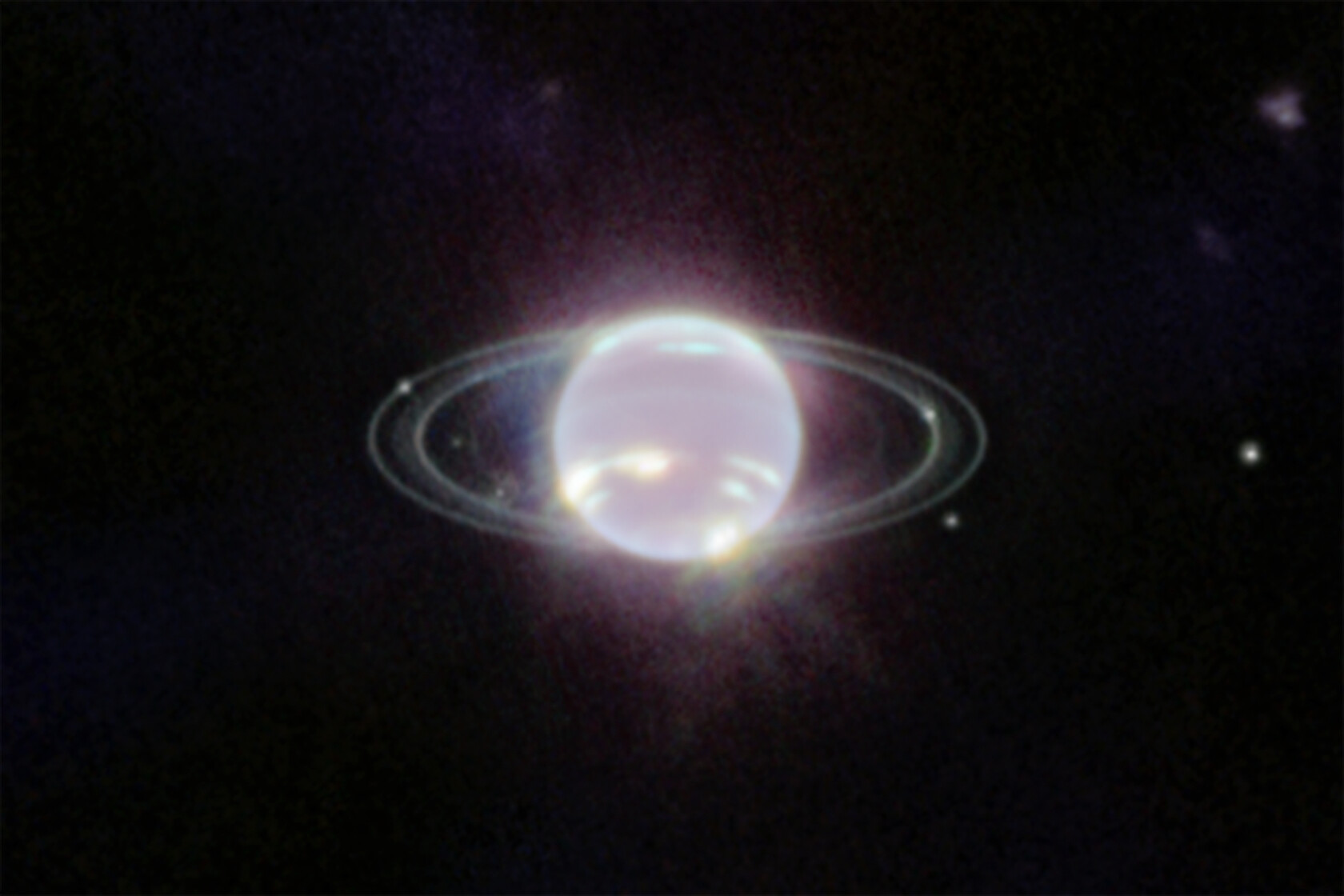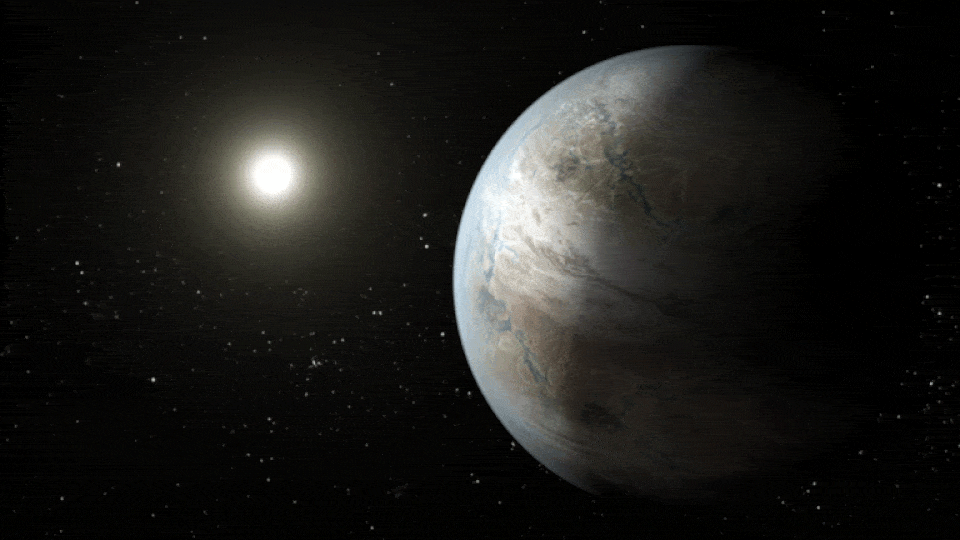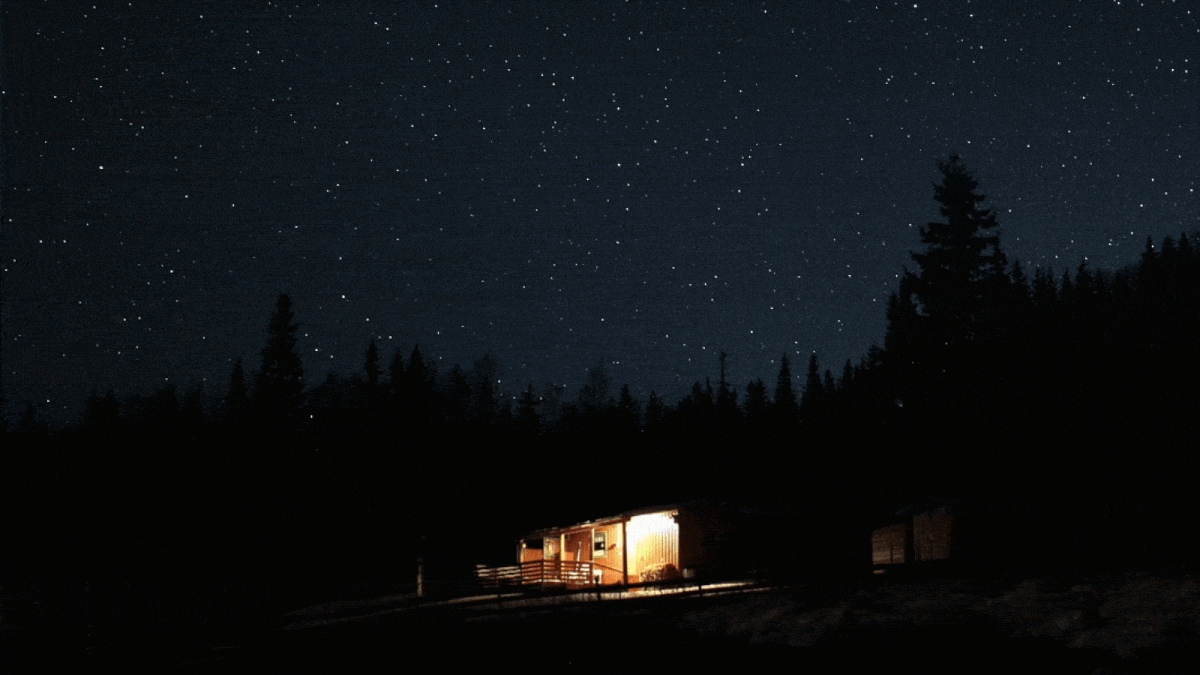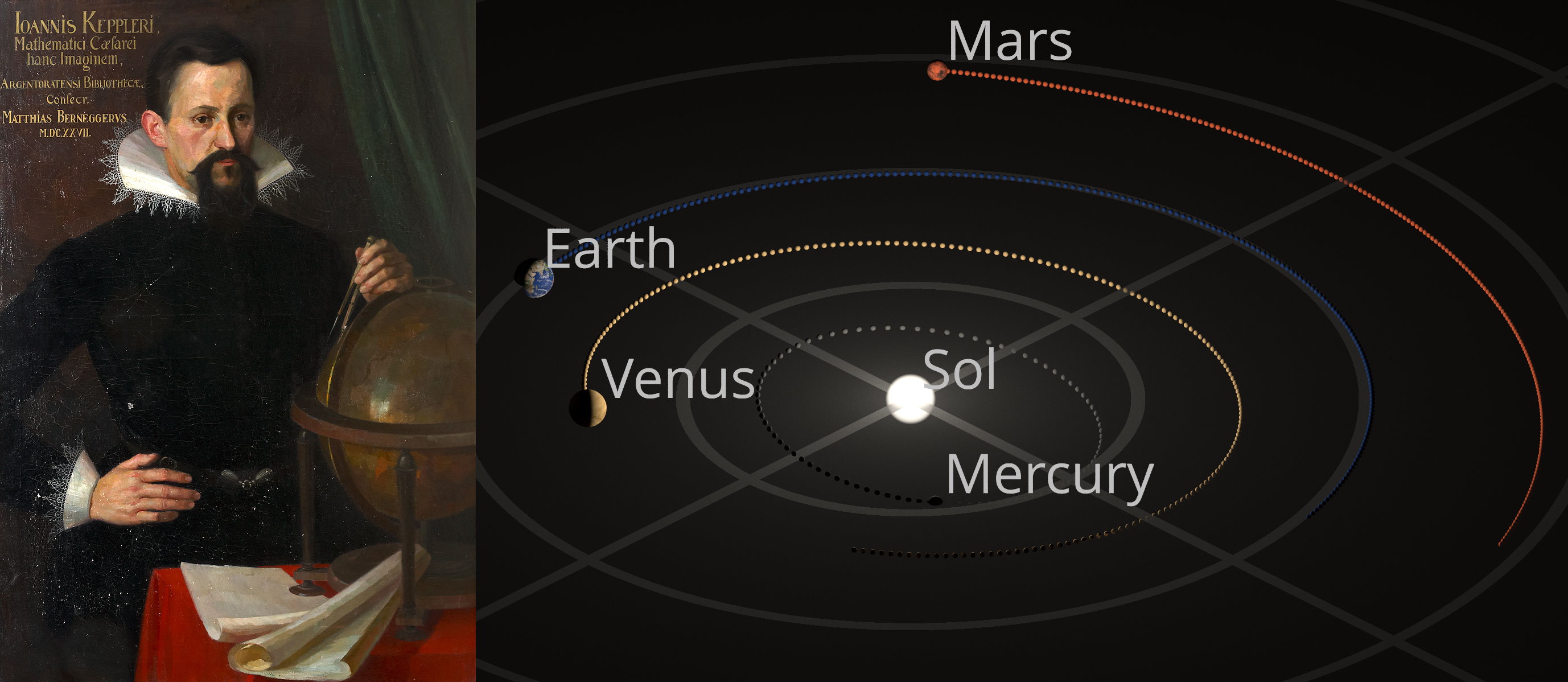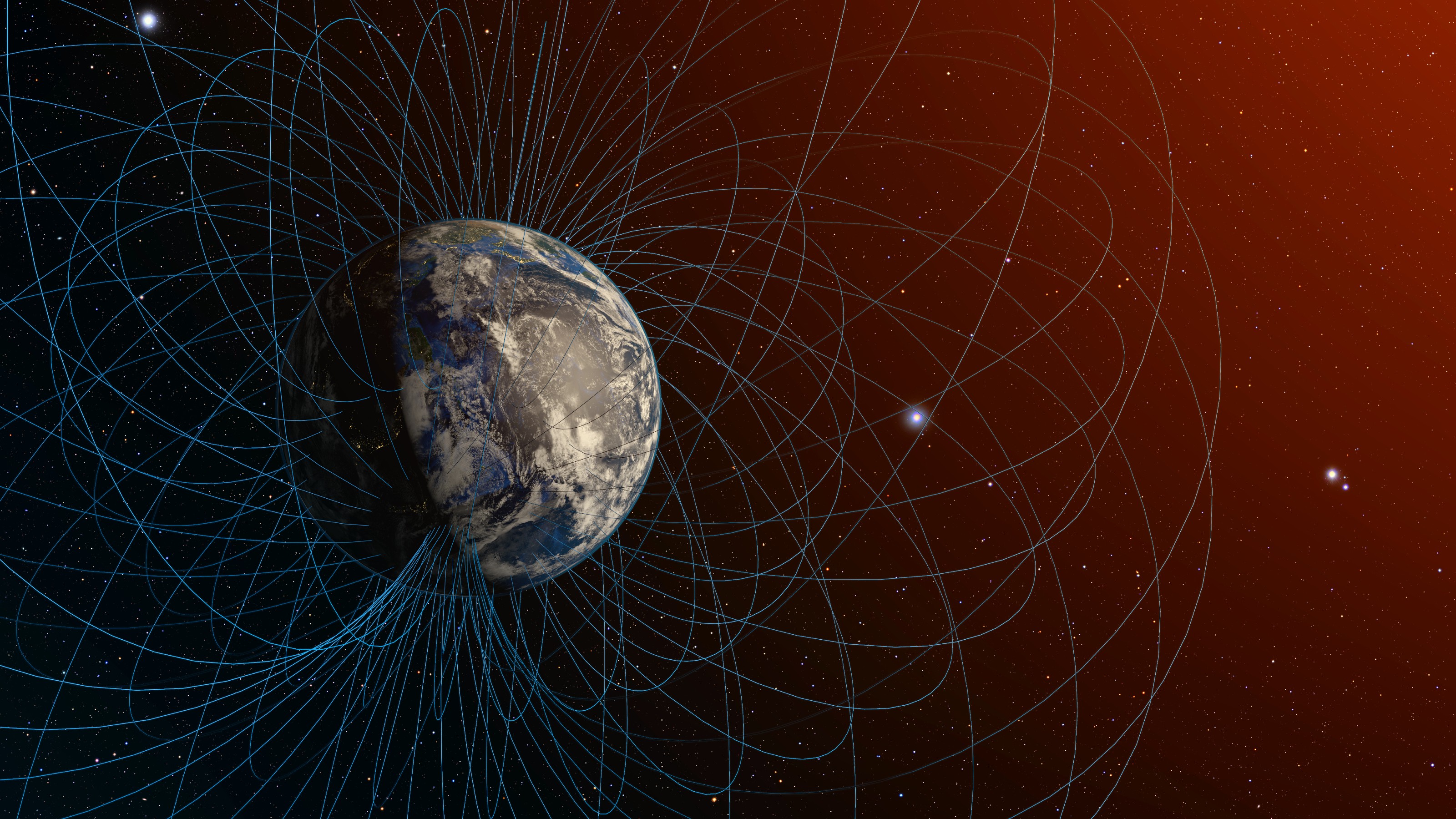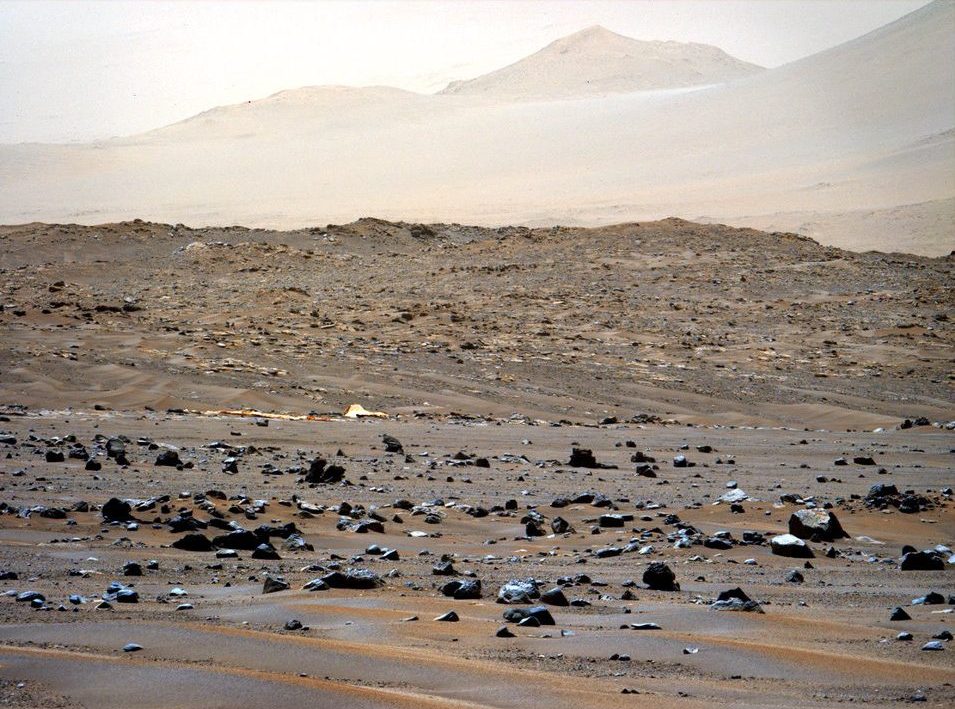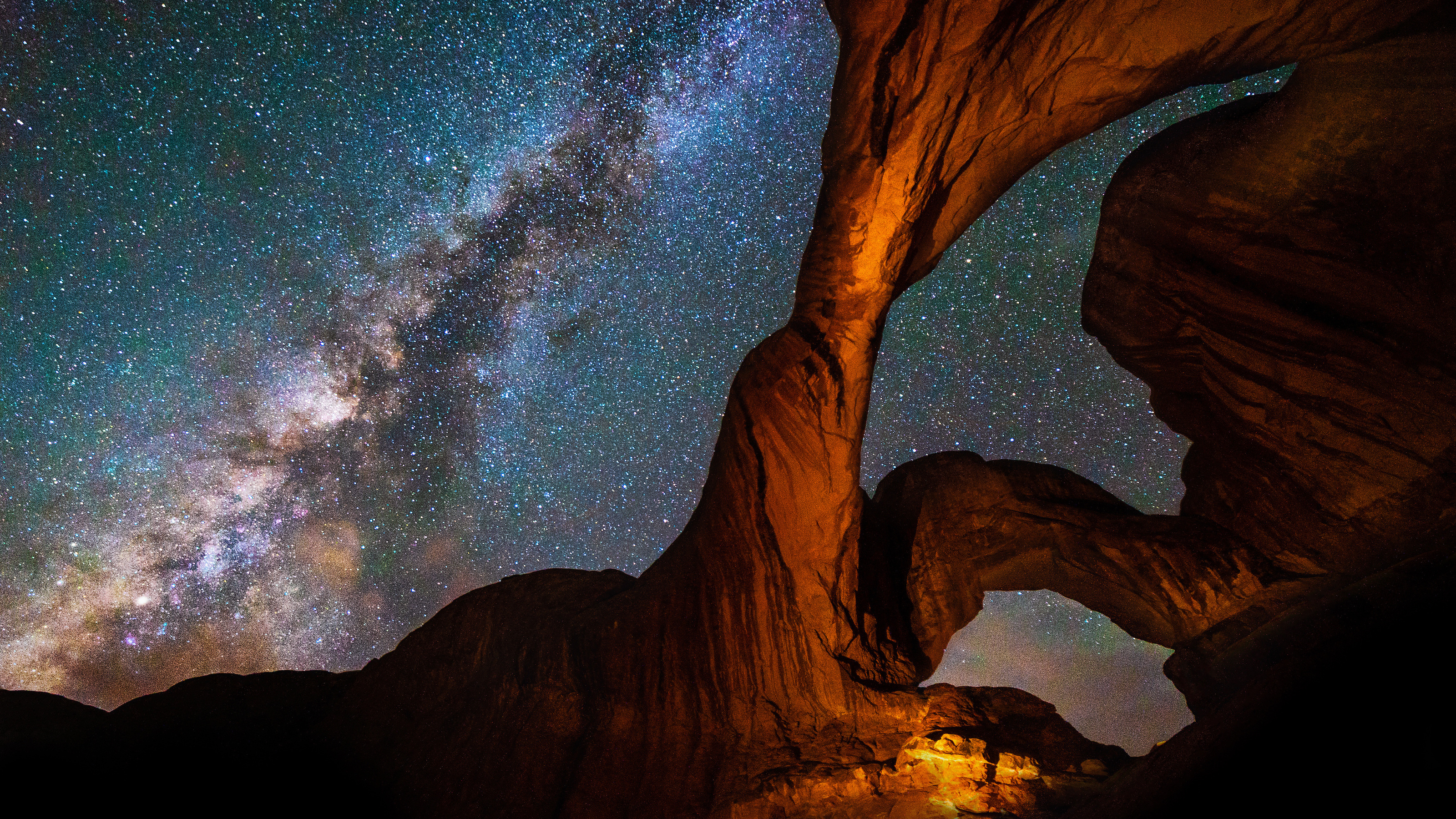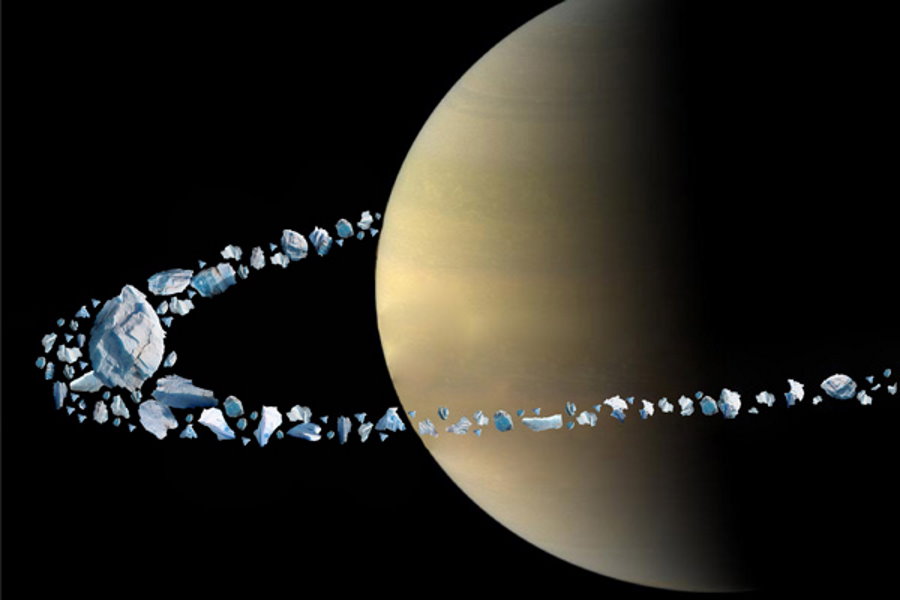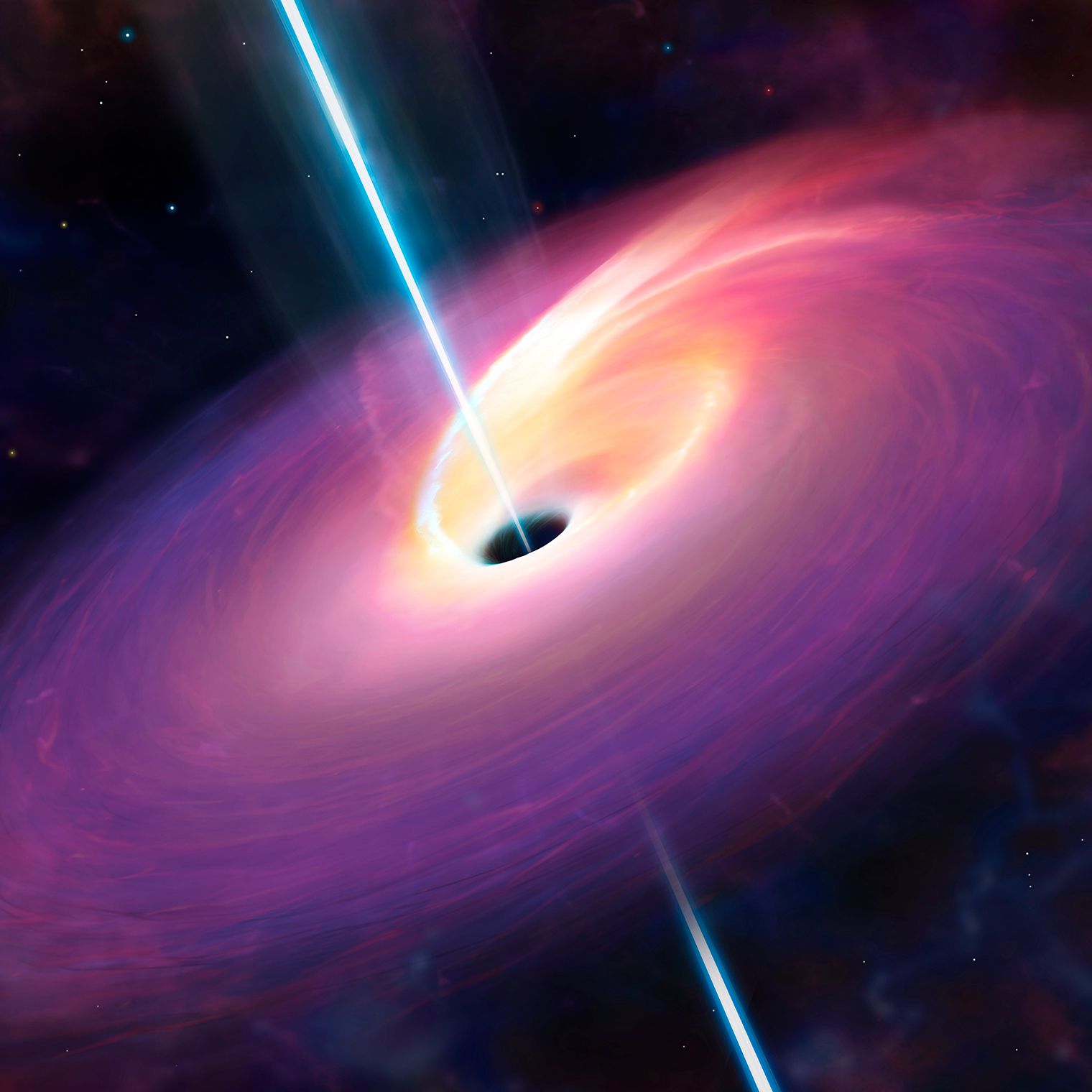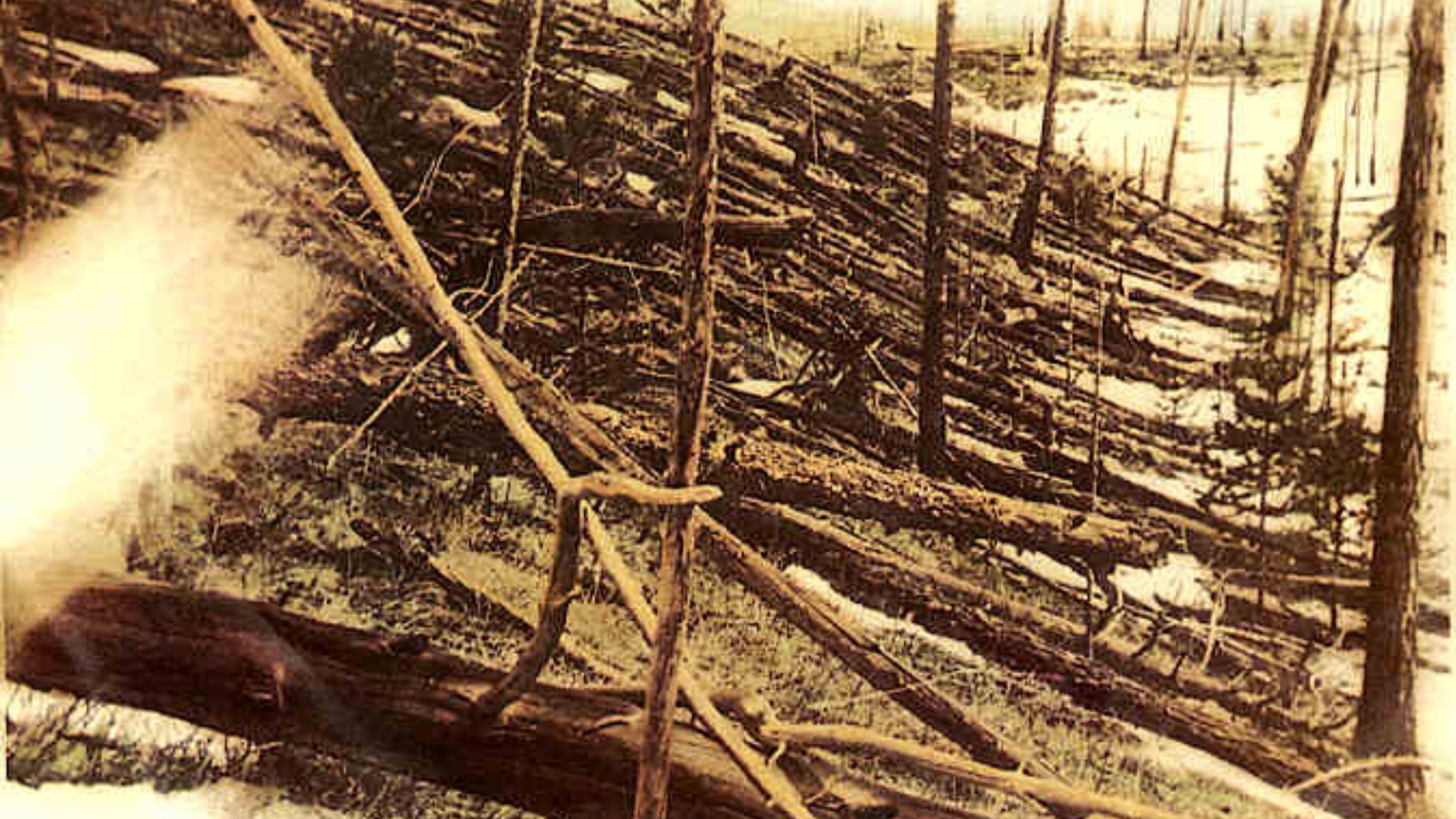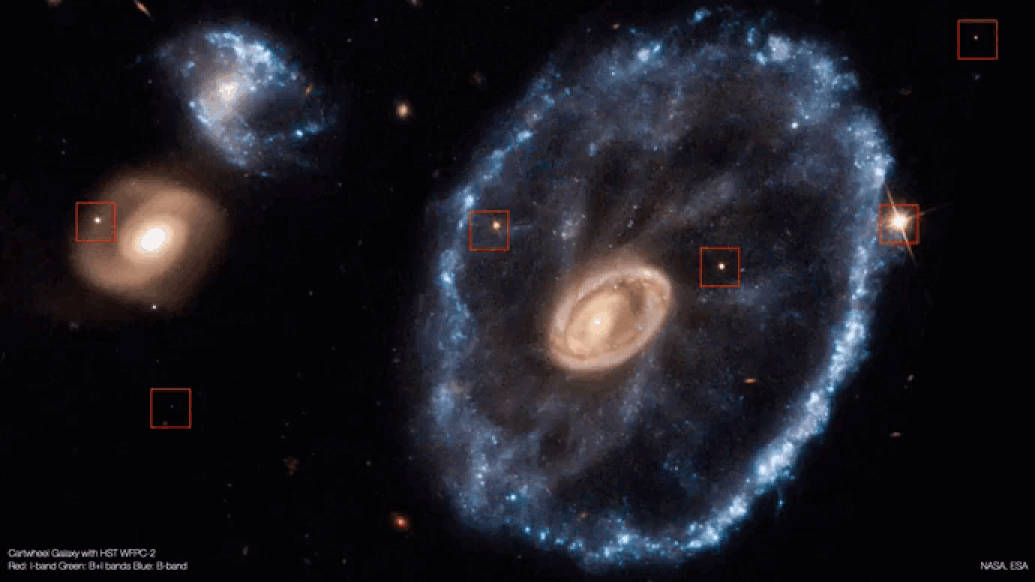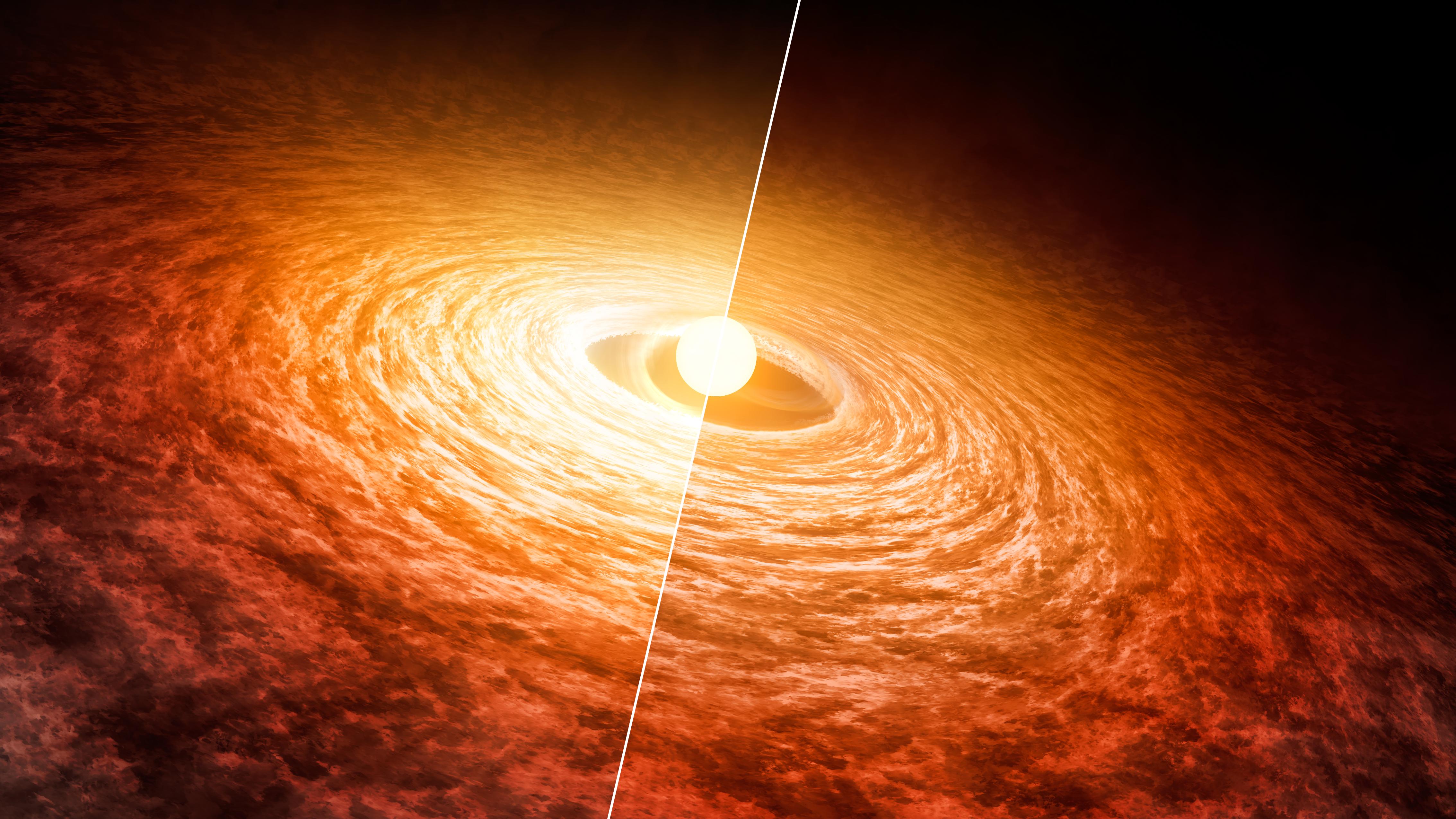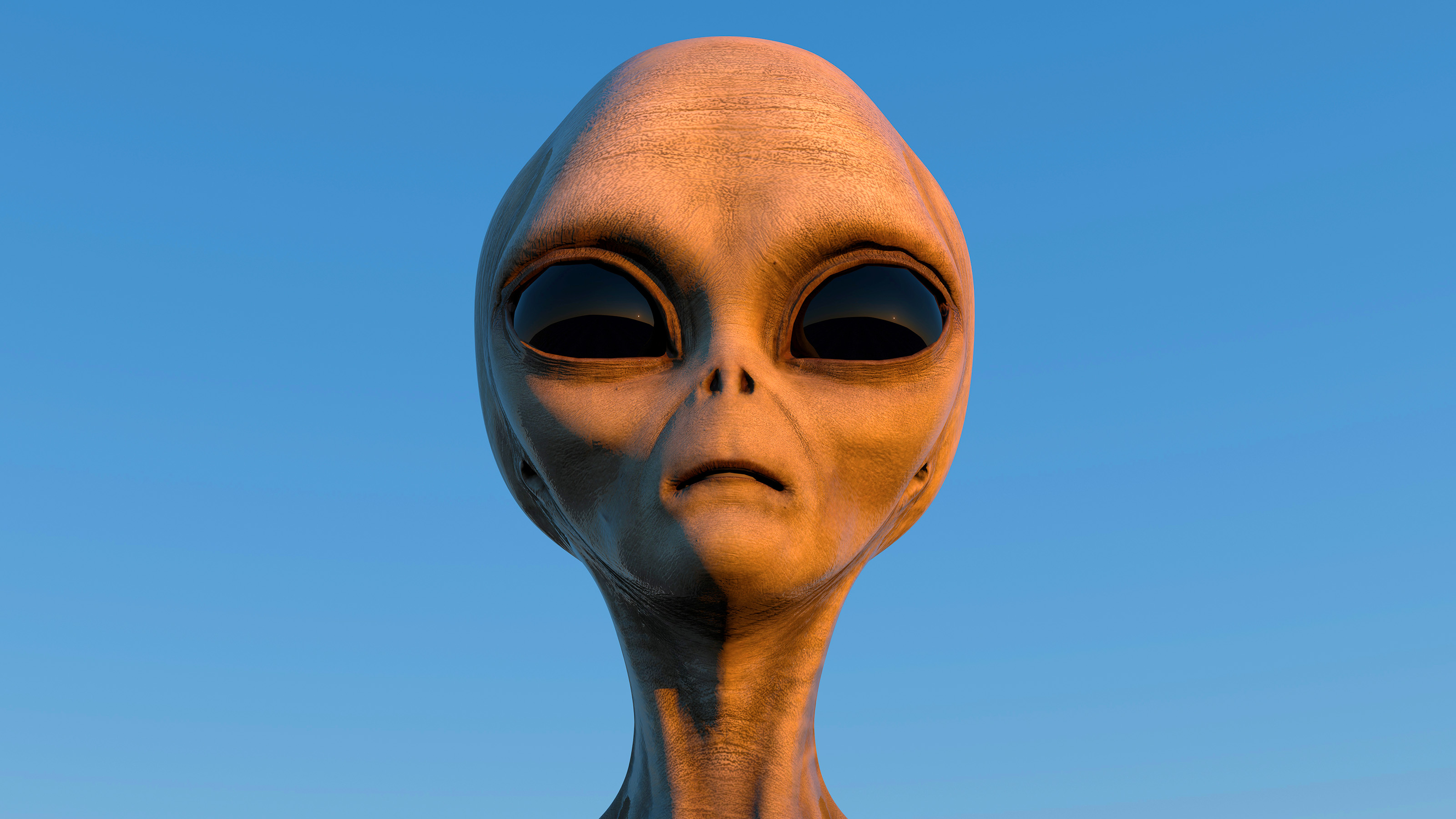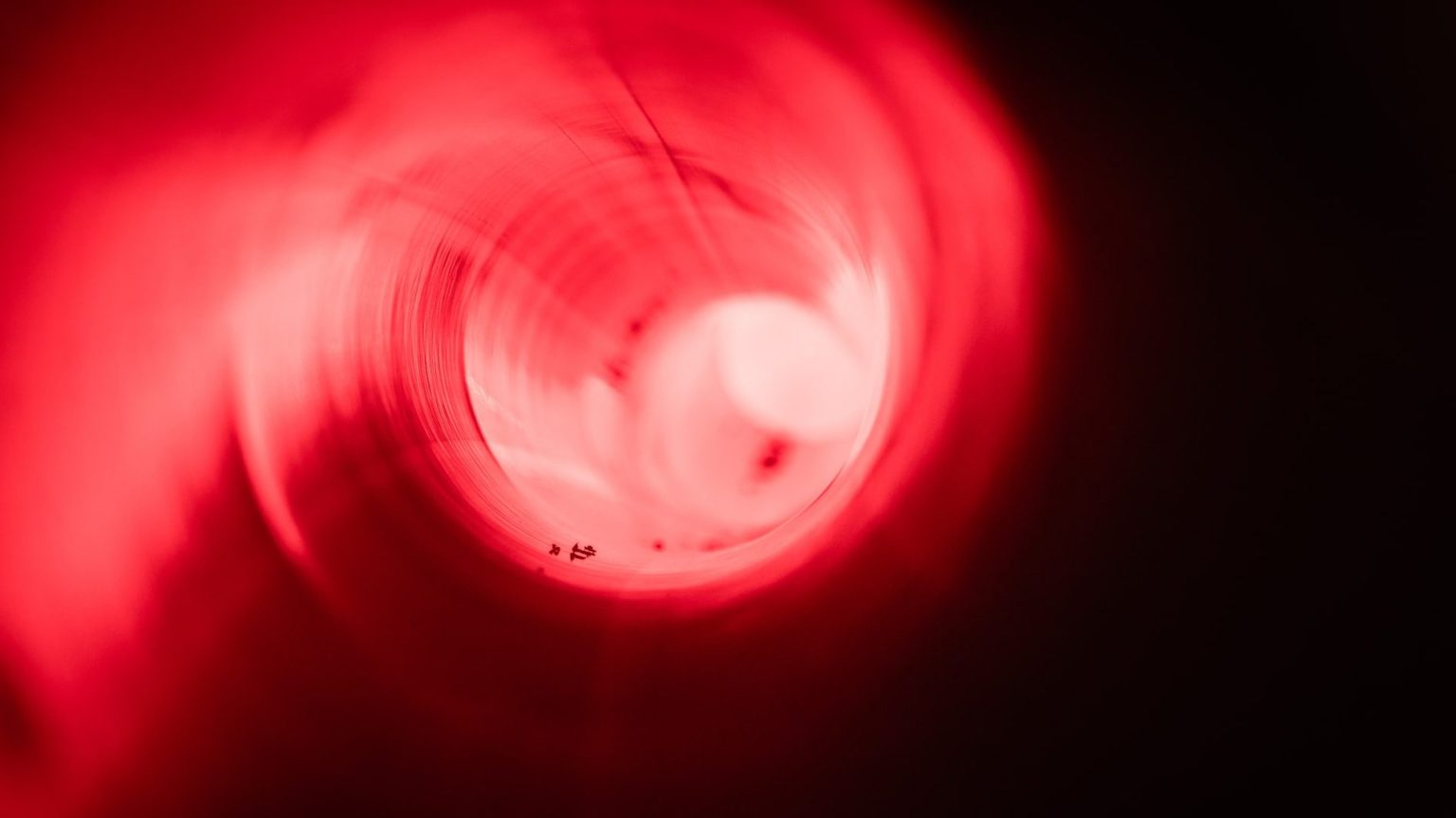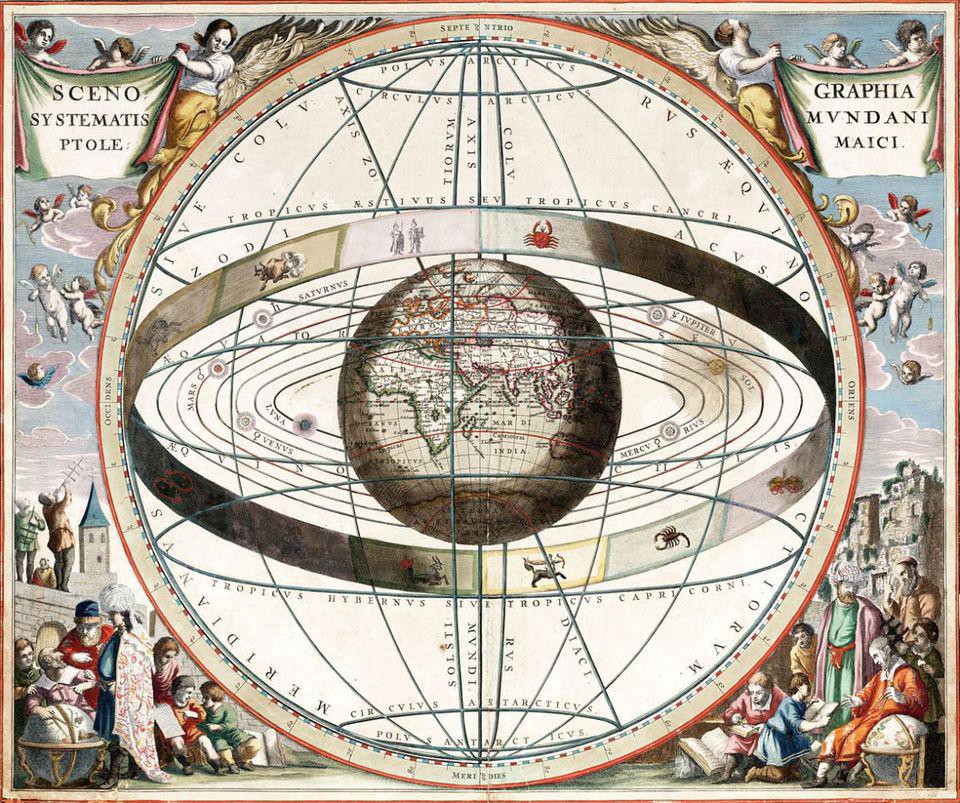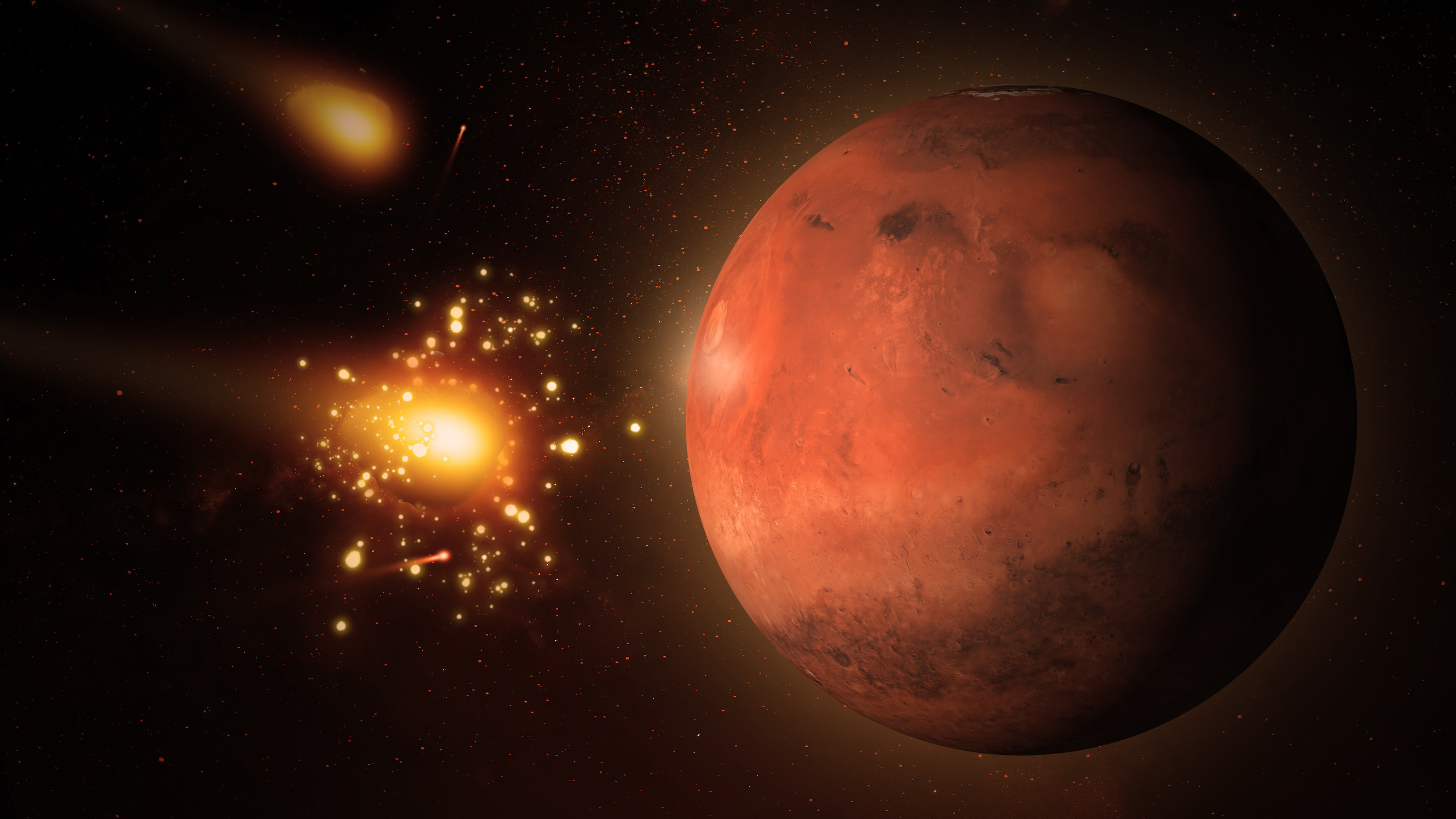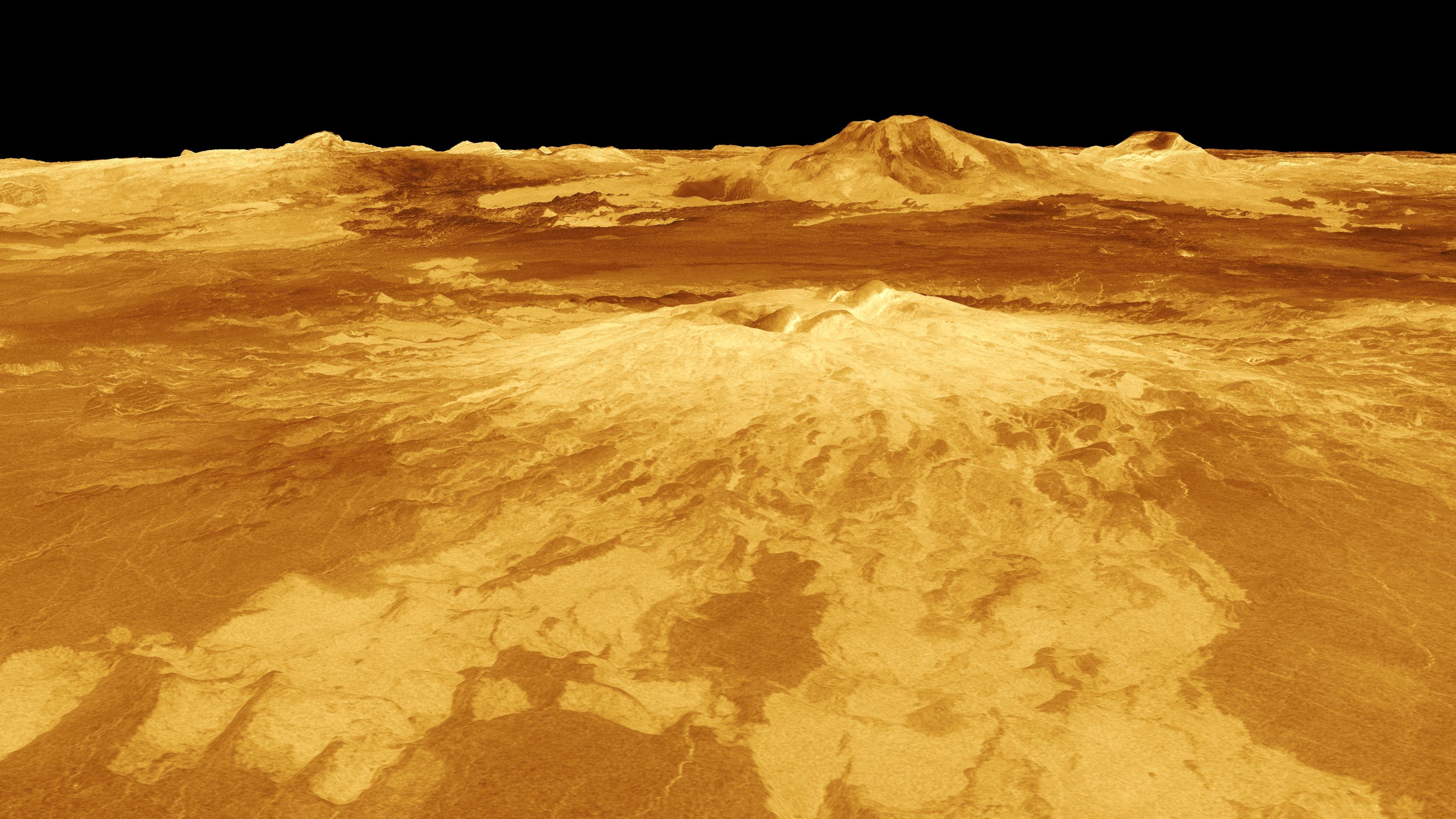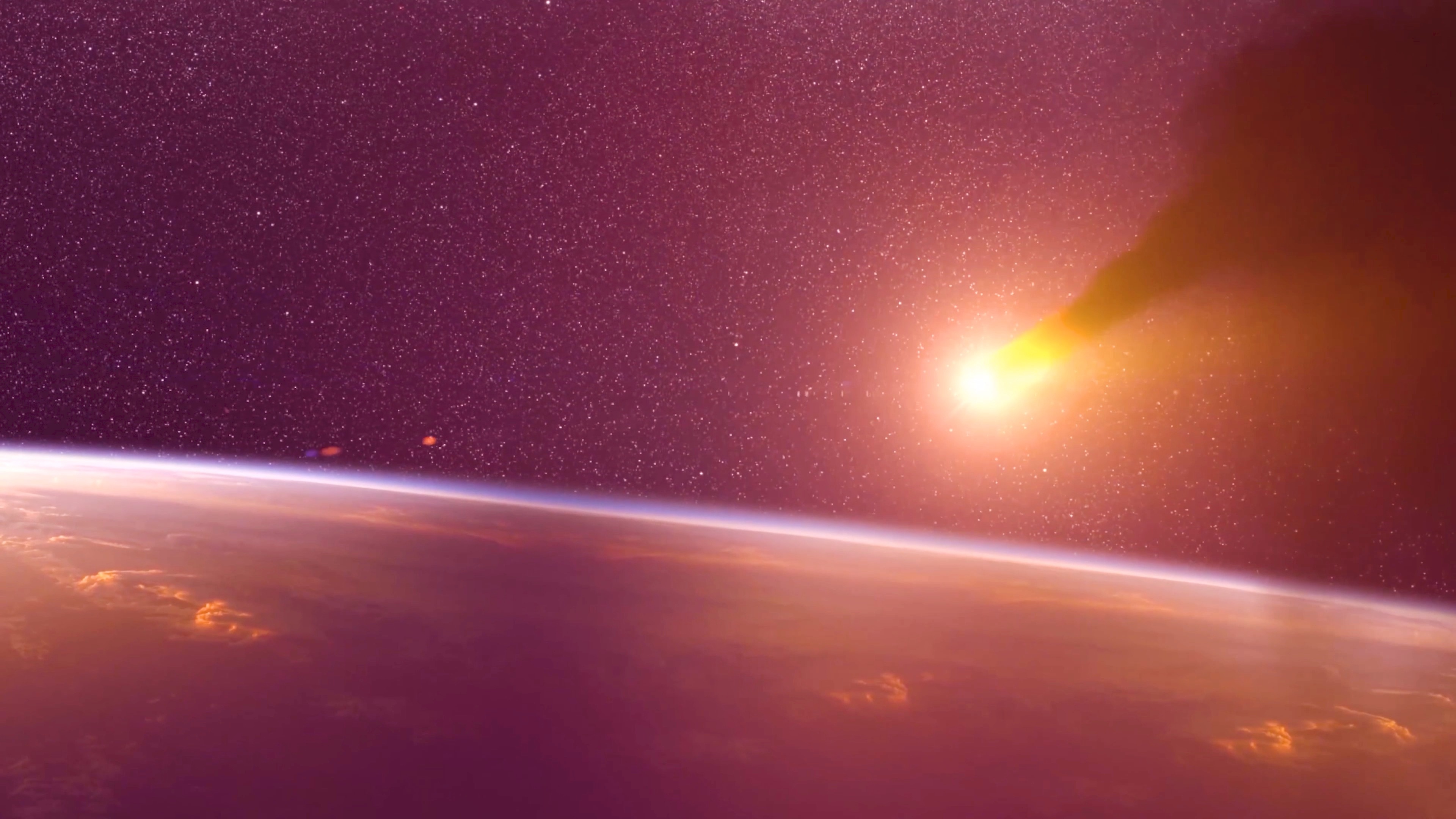Space & Astrophysics
From time-traveling billiard balls to information-destroying black holes, the world’s got plenty of puzzles that are hard to wrap your head around.
It’s the very closest stars to us that hold the key to unlocking the possibilities for life in star systems all throughout the Universe.
In the 20th century, many options abounded as to our cosmic origins. Today, only the Big Bang survives, thanks to this critical evidence.
This technological feat changes our cosmic history.
The far side of the Moon is incredibly different from the Earth-facing side. 63 years later, we know why the Moon’s faces are not alike.
The Big Bang is commonly misunderstood, warping our understanding about the Universe’s size and shape.
Sooner or later, Earth is going to be hit by a large enough space object to cause significant damage to humanity. Stopping them isn’t easy.
The theory is accurate within at least one part in a quadrillion.
No matter what physical system we consider, nature always obeys the same fundamental laws. Must it be this way, and if so, why?
The James Webb Space Telescope viewed Neptune, our Solar System’s final planet, for the first time. Here’s what we saw, and what it means.
From here on Earth, looking farther away in space means looking farther back in time. So what are distant Earth-watchers seeing right now?
UAP are no laughing matter anymore.
When people pick the greatest scientist of all-time, Newton and Einstein always come up. Perhaps they should name Johannes Kepler, instead.
Recent research suggests that Earth’s magnetic field bounced back just as complex life was starting to emerge on our planet.
Yes, NASA’s Perseverance rover found organics on Mars. So did Curiosity. Unfortunately, that doesn’t mean anything in the search for life.
An average undergraduate student in physics is better than the AI.
You would think that with all our technology, like the James Webb Space Telescope, we would know how big the Universe is. But we don’t.
Since the time of Galileo, Saturn’s rings have remained an unexplained mystery. A new idea may have finally solved the longstanding puzzle.
Black holes aren’t just the densest masses in the Universe, but they also spin the fastest of all massive objects. Here’s why it must be so.
On the morning of June 30, 1908, an explosion of more than 10 megatons occurred above the sparsely populated Siberian Taiga. What caused the so-called Tunguska event?
The first set of James Webb’s images blew us all away. In just 2 mere months, it’s seen highlights that no one could have predicted.
As recently as 1990, we didn’t know of any planets beyond our Solar System. Today, with 5000+, we’re deep into the weeds of how they form.
Following the advent of human space flight, NASA began naming missions after children of Zeus.
Each of us carries our own version of the Multiverse in our heads.
One book will gather all topics on the search for life in the Cosmos.
No planet enters retrograde more frequently than Mercury, which does so 3-4 times each year. Here’s the scientific explanation for why.
Asteroid collisions aren’t always bad.
Venus Life Finder could launch as early as 2023.
Spaceguard shows that we can manage risks to the extinction of humanity — if only we put our mind to it.
